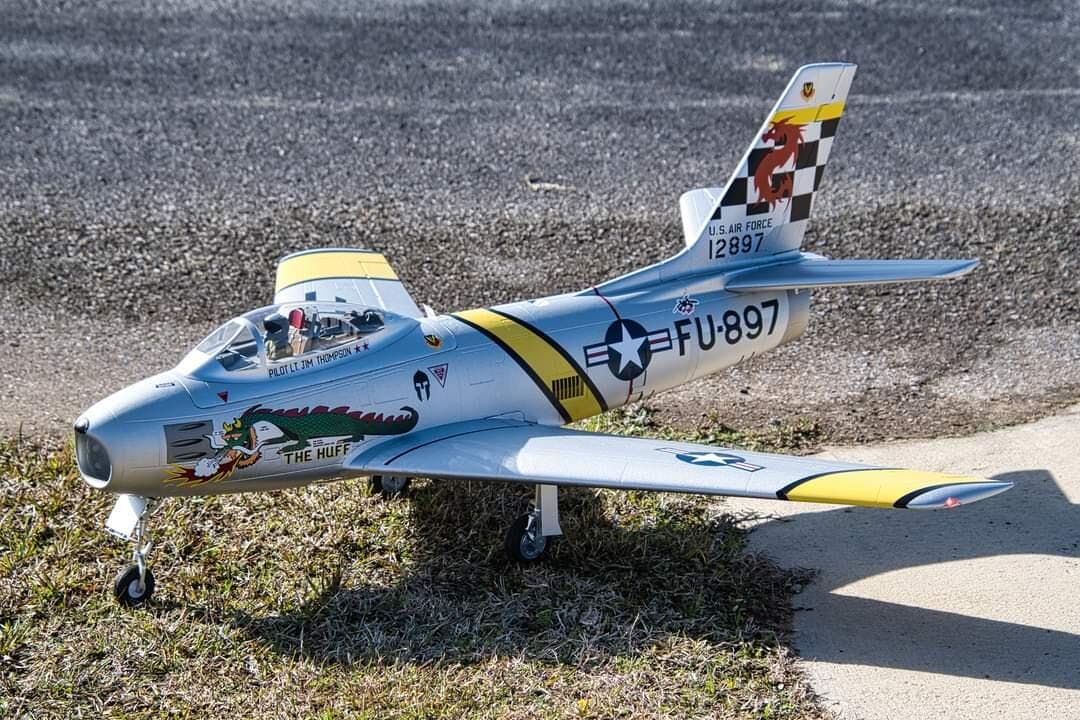from DebraCorbittqa
Unlock the Secrets of RC Airplane Transmitters and Receivers You Never Knew Existed!
Unlock the Secrets of RC Airplane Transmitters and Receivers You Never Knew Existed!
In the exciting world of remote control aviation, understanding the nuances of RC airplane transmitters and receivers is crucial for both novices and seasoned enthusiasts. These components serve as the brain and nervous system of an RC airplane, allowing pilots to control their aircraft with precision and responsiveness. With various types of transmitters and receivers available, each offering unique features and functionalities, it can be overwhelming to choose the right combination for your flying style. This article will delve into the different types of RC airplane transmitters and receivers, explore their features, and explain how they work together to create an exhilarating flying experience.
Understanding RC Airplane Transmitters
RC airplane transmitters are handheld devices that send control signals to the airplane's receiver. They typically consist of several key components, including control sticks, switches, and a display panel. When a pilot moves the control sticks or flips a switch, the transmitter converts these actions into a signal that is transmitted via radio waves to the receiver on the airplane. Transmitters can be broadly categorized into two types: analog and digital. Analog transmitters operate using traditional methods of modulating signal strength, while digital transmitters employ advanced technologies to provide more precise control and enhanced features.
One of the main advantages of digital transmitters is their ability to offer features such as telemetry, which allows pilots to receive real-time data about the aircraft's performance. Additionally, digital transmitters often come with advanced mixing capabilities, enabling pilots to control multiple functions simultaneously, such as flaps and ailerons. On the other hand, analog transmitters are typically simpler and more affordable, making them a great option for beginners just starting in the hobby. My friend Jake, who recently got into RC flying, opted for a basic analog transmitter to keep things simple while he learned the ropes. He appreciated the straightforward controls and ease of use.
Key Features of Transmitters
When selecting an RC airplane transmitter, several key features should be considered. First, frequency bands play a significant role in determining the transmitter's compatibility with receivers. Most hobbyists use 2.4 GHz frequency bands, which provide a good balance of range and interference resistance. Additionally, the number of channels on a transmitter indicates how many functions can be controlled simultaneously. A basic transmitter may have four channels, while advanced models can have up to 12 or more, allowing for complex maneuvers and additional features like retractable landing gear.
Control range is another critical feature, as it defines how far the transmitter can send signals to the receiver without losing connection. Depending on the model, ranges can vary from a few hundred meters to several kilometers. Understanding these features can significantly impact the performance of your RC airplane and ensure a more enjoyable flying experience.
Exploring RC Airplane Receivers
RC airplane receivers are the counterparts to transmitters, receiving the signals sent from the transmitter and relaying them to the airplane’s servos and electronic components. The receiver interprets the signals and translates them into actions, such as moving the wings, tail, or throttle. Like transmitters, receivers come in various types, including basic single-channel receivers and more advanced multi-channel models that can handle numerous functions simultaneously. These receivers are often designed to be lightweight and compact to minimize their impact on the airplane’s overall weight and performance.
To illustrate the importance of receivers, consider my friend Alex, who upgraded his RC airplane with a new multi-channel receiver. The enhanced receiver allowed him to control the flaps and landing gear more effectively, which greatly improved his flying experience. He often shares how the increased responsiveness made a noticeable difference during flight, especially during landing maneuvers.
Receiver Features and Specifications
When selecting an RC airplane receiver, important specifications to consider include sensitivity, latency, and compatibility with various transmitters. Sensitivity refers to the receiver's ability to pick up weak signals, which is crucial for maintaining control at longer distances. Latency is the delay between the signal being sent from the transmitter and the receiver acting on it; lower latency results in a more responsive flight experience. Compatibility is also vital, as not all receivers work with every transmitter. Many enthusiasts ensure they choose a receiver that seamlessly integrates with their existing transmitter for optimal performance.
How Transmitters and Receivers Work Together
The relationship between transmitters and receivers is foundational to the successful operation of RC airplanes. When a pilot sends a command through the transmitter, it broadcasts a signal that is received by the airplane’s receiver. This process involves encoding the commands sent by the pilot and decoding them on the receiver to execute the desired actions. Proper pairing of a transmitter with its corresponding receiver is essential, as mismatched devices can lead to signal loss or erratic control. Many hobbyists take the time to familiarize themselves with the binding process, ensuring that their transmitter and receiver are correctly synced before taking to the skies.
Understanding how these components interact can significantly enhance a pilot's flying experience, allowing for smoother maneuvers and greater control. Whether you are performing aerial stunts or simply cruising through the sky, the synergy between the transmitter and receiver is pivotal in achieving your desired flight path.
Mastering RC Airplane Components for Optimal Performance
In conclusion, grasping the intricacies of RC airplane transmitters and receivers is essential for anyone looking to enhance their flying experience. From understanding the various types and features of transmitters to exploring the specifications and functionalities of receivers, this knowledge empowers both beginners and experienced hobbyists alike. By mastering these components, pilots can make informed decisions that improve their aircraft’s performance and enjoyment in the air. So whether you're just starting your journey into the world of RC flying or looking to upgrade your setup, remember that the right transmitter and receiver combination can unlock new heights in your aviation adventures.











